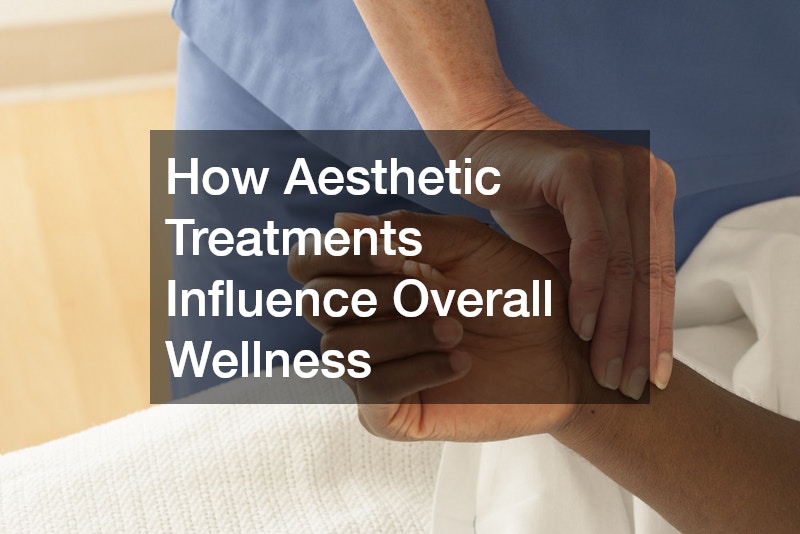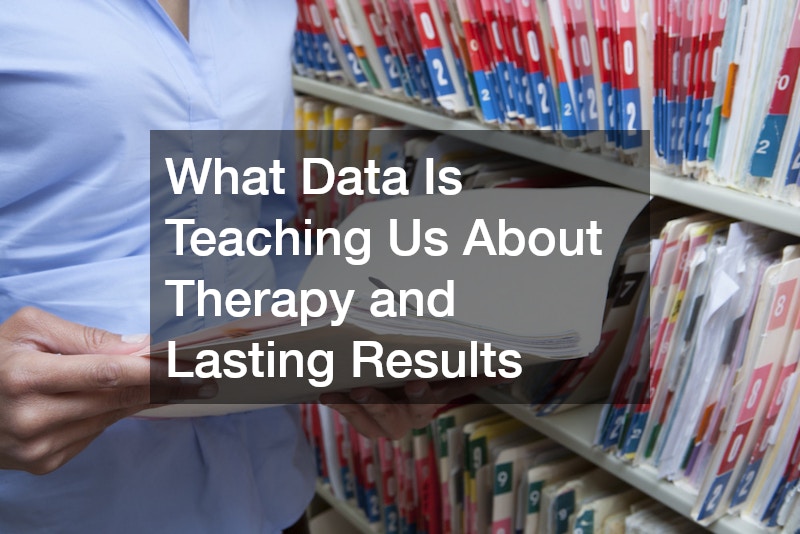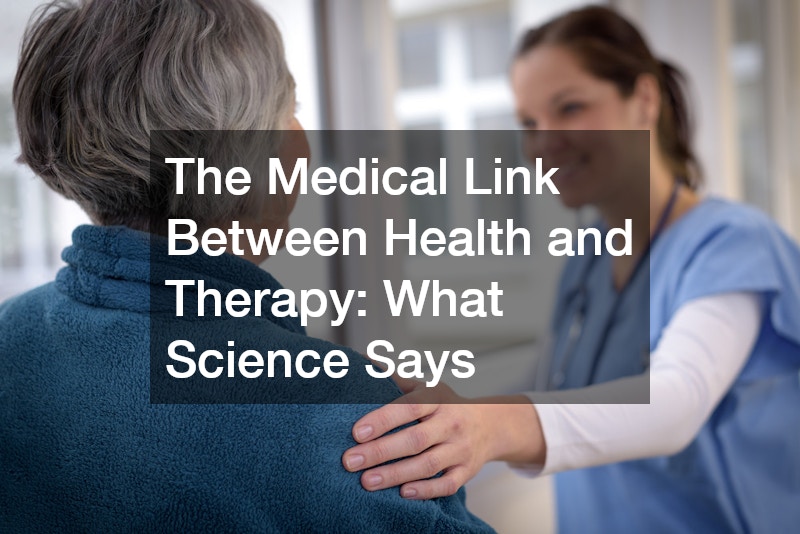Introduction
The intersection of aesthetic treatments and overall wellness has gained significant attention. As people become more conscious of their appearance, the medical link between aesthetic treatments and health can no longer be ignored. This article explores the various facets of how aesthetic treatments influence wellness, integrating modern technology and promoting holistic health.
We delve deep into how medical linkages are shaping both traditional and modern approaches to therapeutic health. With advancements in technology, the therapeutic landscape is being redefined, providing more effective solutions for patient care and recovery. Through examining these intersections, we uncover ideas that are revolutionizing the way we think about health and beauty.
Join us as we explore how aesthetics, wellness, and technology converge, providing insights into groundbreaking methods and practices. From mental health to addiction recovery, the implications are vast and vital. As communities around the world embrace these changes, the resulting health benefits are proving to be substantial and transformative.
How Aesthetic Treatments Influence Overall Wellness

Aesthetic treatments have evolved beyond cosmetic improvements to influencing overall wellness. The rise in procedures such as skin removal surgery and botox demonstrates a clear medical link between enhancing appearance and boosting self-esteem. Individuals undergoing such treatments often report a significant improvement in their quality of life, indicating a strong connection between aesthetics and psychological health.
Aside from enhancing physical attributes, these treatments offer therapeutic benefits that promote relaxation and reduce stress. The calming environment of certified sites where these procedures are performed contributes to a holistic wellness experience. Understanding these benefits helps both practitioners and clients appreciate the broader impact of aesthetics on health.
Moreover, such treatments play a crucial role in therapeutic health, addressing not just the physical, but also the mental and emotional aspects of a person’s well-being. This includes helping patients recover from trauma or life-altering experiences. The symbiotic relationship between aesthetics and wellness thereby presents a compelling case for integrated healthcare solutions.
The Role of Modern Technology in Therapeutic Health
Modern technology has paved new pathways in therapeutic health, with innovations playing a pivotal role. Red light therapies, for example, have proven effective in enhancing skin conditions and pain management, illustrating the medical link between such therapies and enhanced patient outcomes. These advancements offer non-invasive options for individuals looking to improve their health without undergoing extensive procedures.
Digital solutions like medical inventory software and chamber sales optimize healthcare efficiency, ensuring that treatments are timely and effective. These technologies streamline the process for healthcare providers, enabling them to focus on patient care by simplifying inventory tracking and resource management. As a result, the integration of technology into healthcare is not just beneficial; it is essential.
Additionally, virtual platforms are revolutionizing the way therapeutic health is accessed and delivered. Patients can connect with their healthcare providers remotely, enabling ongoing support and monitoring of their progress. This accessibility highlights the importance of technology in bridging the gap between patients and healthcare services.
Tracking Patient Progress Through Smarter Health Systems
Smart health systems are transforming patient care by providing accurate and real-time data. These systems enable healthcare providers to track and analyze patient progress effectively, which can lead to improved outcomes. With the integration of medical link interfaces, monitoring patient progress becomes more precise and tailored to individual needs.
This real-time tracking capability is particularly beneficial in managing chronic conditions, where ongoing data collection helps in adjusting treatment protocols. Such precision ensures patients receive timely interventions, minimizing risks and enhancing recovery rates. As a result, patient engagement and satisfaction significantly increase.
Furthermore, these systems aid in early diagnosis, allowing for preemptive measures to be taken. This proactive approach to healthcare not only reduces treatment costs but also improves patient outcomes and quality of life. In turn, smarter health systems contribute to a more sustainable healthcare environment.
When Appearance and Mental Health Intersect

The link between appearance and mental health is more pronounced than ever before. Studies have shown that individuals who undergo aesthetic treatments often experience a boost in confidence and emotional well-being. The understanding of this intersection creates opportunities for more comprehensive care strategies that address both physical and mental health.
Estheticians play a vital role in this process, often bridging the gap between beauty treatments and mental health benefits. Esthetician classes are equipping professionals with the skills to handle patients’ emotional needs while enhancing their appearances. By focusing on both the physical transformation and its emotional impacts, a holistic approach to mental health emerges.
Furthermore, aesthetic treatments can mitigate the effects of conditions such as depression and anxiety. By focusing on improving an individual’s appearance, these treatments also bolster their emotional resilience. The profound impact on self-image and mental wellness underscores the important medical link between aesthetics and psychological health.
Environmental Factors That Shape Therapeutic Outcomes
Environmental factors play a crucial role in shaping therapeutic outcomes, influencing both physical and mental health. Elements such as air quality and exposure to radon solutions can significantly affect a patient’s well-being. Addressing these factors is necessary for achieving optimal health results and maintaining wellness over time.
Healthcare providers are increasingly adopting practices that consider these environmental factors in treatment planning. For instance, using certified sites that adhere to strict environmental standards ensures safer conditions for patients. This approach enhances the effectiveness of treatments and reduces the risk of adverse effects.
Moreover, incorporating environmental analysis in health assessments helps in preventing potential health hazards. By understanding how different environmental conditions influence health, more targeted and effective therapeutic approaches can be developed. This awareness leads to better health outcomes and longer-lasting benefits for patients.
Holistic Approaches to Long-Term Recovery
Holistic approaches to recovery emphasize treating the whole person, not just the symptoms. By integrating various therapeutic modalities, this approach supports patients in achieving sustainable health and wellness. The inclusion of therapies such as red light therapies, alongside traditional treatments, provides a comprehensive recovery pathway.
Addressing emotional, physical, and psychological aspects, holistic recovery plans are tailored to individual needs. This personalized care model highlights the critical medical link between integrated therapies and long-term healing. Patients benefit from improved health outcomes and enjoy enhanced quality of life.
The engagement of multidisciplinary teams ensures a wide range of expertise is applied to the recovery process. This collaboration enhances care delivery, resulting in a well-rounded approach that incorporates the latest therapeutic technologies. Ultimately, a holistic approach fosters lasting recovery and a greater sense of well-being.
Why Access Matters in Community-Based Health Solutions
Access to healthcare is a cornerstone of effective community-based health solutions. Ensuring that individuals can gain timely and appropriate care is pivotal for promoting wellness and reducing health inequalities. Community clinics and services must capitalize on the medical link between accessibility and improved health outcomes to address these issues.
Available resources, such as suboxone doctors, play an essential role in community health by providing specialized treatment options. These resources help manage addiction recovery, offering critical support for affected individuals within communities. By improving access to such resources, communities can ensure comprehensive care for their members.
Moreover, developing community-based initiatives that focus on preventative care can deter the emergence of more severe health issues. Engaging local leaders and stakeholders enhances the capacity for social and economic development, propelling community health forward. As communities become healthier, the local economic landscape experiences growth, bolstering overall well-being.
Exploring New Frontiers in Non-Invasive Therapies
Non-invasive therapies represent a growing frontier in the healthcare industry. These therapies offer benefits such as minimal recovery time and reduced risk of complications compared to traditional methods like skin removal surgery. Innovations in this area encourage more people to seek treatments, cementing the medical link between non-invasive options and enhanced patient experiences.
Techniques such as Botox and red light therapies demonstrate the diversity within the non-invasive treatment spectrum. These methods not only cater to aesthetic desires but also provide therapeutic benefits, thus expanding their utility in healthcare. Consequently, patients find these therapies appealing, opting for their dual advantages.
Advancements in technology continue to drive this evolution, resulting in more refined and effective non-invasive solutions. Medical inventory software supports this momentum by keeping healthcare providers equipped and prepared to offer the latest techniques. Such advancements herald a promising future for non-invasive therapies, inviting more exploration and application.
The Science Behind Light-Based Healing Methods
Light-based healing methods are grounded in science, with numerous studies demonstrating their effectiveness. Red light therapies, for example, have been shown to promote cell regeneration and reduce inflammation. The benefits extend beyond aesthetics, highlighting the medical link between these treatments and improved health outcomes.
Scientific research into light therapies continues to evolve, solidifying their place in modern medical practices. These therapies offer a non-invasive approach to alleviating various conditions, attracting both patients and practitioners alike. The growing body of evidence supporting these methods illustrates their substantial therapeutic potential.
Utilizing light-based techniques requires precision and expertise, underscoring the need for well-trained practitioners. Esthetician classes and other training programs ensure the appropriate application of these methods, maintaining high standards of care. As a result, patients experience enhanced recovery and improved wellness through these science-backed healing options.
Building Bridges Between Addiction Recovery and General Health

Connecting addiction recovery with general health is a crucial aspect of comprehensive healthcare. Suboxone doctors are at the forefront of this integration, providing vital support for individuals on their recovery journeys. By addressing addiction and general health concurrently, the medical link between these two aspects is emphasized.
Recovery programs that focus on broad health improvements offer patients a more complete approach to healing. These programs incorporate holistic therapies, thus addressing the physical, emotional, and psychological dimensions of health. The result is a strong foundation for sustainable recovery and a healthier lifestyle.
Moreover, community support plays an indispensable role in linking addiction recovery to general health. By fostering a supportive environment, individuals are more likely to succeed in their recovery efforts. The amalgamation of community resources enhances the likelihood of positive outcomes, contributing to broader public health goals.
Training and Standards That Elevate Therapeutic Care
The elevation of therapeutic care hinges on maintaining rigorous training and high standards. A well-trained workforce is essential to deliver safe and effective treatments. Courses such as esthetician classes equip practitioners with up-to-date knowledge and skills, fostering an environment of continuous improvement.
Professional certification and adherence to guidelines ensure that treatments are provided in a consistent and ethical manner. Certified sites uphold these standards, creating trust between healthcare providers and their patients. This ethical approach strengthens the medical link between professional practice and patient satisfaction.
Further, ongoing education in therapeutic techniques is vital for adapting to advancements and complexities in healthcare. Training programs and standards support a dynamic learning environment, fostering innovation. This commitment to excellence benefits both patients and practitioners, advancing the quality of health care.
The Business of Wellness: Health as a Local Economic Driver
Wellness is not only critical to individual health but also plays a significant role as an economic driver in local communities. The wellness industry, encompassing everything from medical link services to chamber sales, contributes substantially to local economies. Investments in healthcare infrastructure lead to job creation and stimulate economic development.
Increased demand for services such as skin removal surgery and red light therapies amplifies this economic impact. Local businesses, from clinics to wellness centers, benefit from the growth in public interest in health and wellness. As the industry prospers, the ripple effects can be seen in the broader community, boosting prosperity.
Moreover, healthcare innovation drives competition, leading to service enhancements and cost efficiencies. By focusing on wellness as an economic driver, communities can leverage these benefits for a healthier and more prosperous future. The synergies between wellness and economic growth are continually evolving, presenting ongoing opportunities for development.
What Data Is Teaching Us About Therapy and Lasting Results

The role of data in healthcare is capturing increasing attention, especially regarding therapy and its lasting effects. By analyzing patient outcomes and experiences, healthcare providers can refine treatments and strategies. The crucial medical link between data insights and therapeutic effectiveness has become more apparent.
Data collection and analysis offer a window into patient progress, enabling adjustments to optimize results. Smart health systems play a pivotal role in this regard, integrating data-driven approaches into patient care. Such precision ensures that therapies yield desirable outcomes, supporting long-term health and wellness.
Furthermore, continual data assessment supports evidence-based practices, fostering advancements in medical care. By identifying trends and areas for improvement, the healthcare industry is empowered to innovate and improve. This data-centric approach is instrumental in enhancing patient care quality and achieving lasting therapeutic results.
Conclusion
In conclusion, the interplay between aesthetic treatments and wellness, supported by technological advancements, is significantly reshaping healthcare. By recognizing the medical link between these elements, healthcare providers can offer comprehensive and effective solutions that enhance both physical and mental health. Integrating these practices into broader healthcare strategies emphasizes the importance of holistic, patient-centered care.
As the boundaries between health and beauty continue to merge, communities stand to benefit from improved health outcomes and economic growth. The evolution of aesthetic treatments and wellness practices reflects a wider trend towards preventative and personalized care. As this article has shown, there is immense promise in these developments for achieving long-term health and well-being.
By embracing these intersections, healthcare professionals, educators, and communities can work together to pioneer new standards of care. This collective effort ensures that advancements in aesthetic treatments and holistic wellness continue to drive positive health transformations. The fusion of technology, aesthetics, and holistic care promises a healthier, more vibrant future for all.


